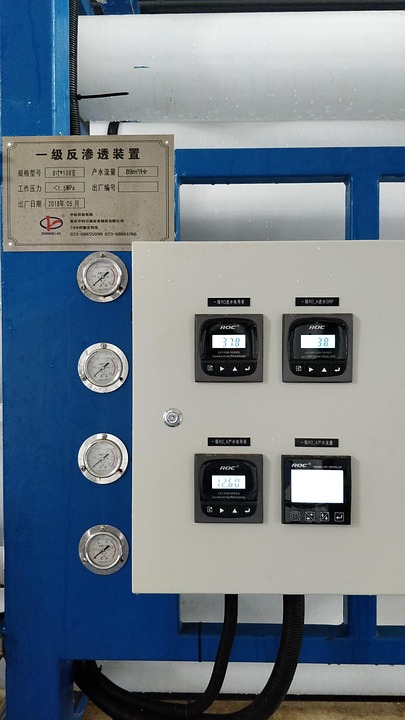Introduction
Water scarcity is a global challenge that affects industries, including food production. As populations grow and climate change impacts water resources, the need for sustainable water management practices becomes increasingly important. In this report, we will explore the future of AI-automated water reuse systems in food factories, focusing on the benefits, challenges, and potential for growth in this innovative technology.
The Role of AI-automated Water Reuse Systems in Food Factories
Benefits of AI-automated Water Reuse Systems
AI-automated water reuse systems in food factories offer several benefits, including increased water efficiency, reduced water waste, and cost savings. These systems use artificial intelligence algorithms to monitor and control water usage, optimizing water consumption based on real-time data. By automating water reuse processes, food factories can minimize water waste and reduce their environmental impact.
Challenges of Implementing AI-automated Water Reuse Systems
While the benefits of AI-automated water reuse systems are significant, there are also challenges associated with their implementation. One of the main challenges is the initial investment required to install and integrate these systems into existing infrastructure. Additionally, there may be technical complexities in setting up AI algorithms and sensors to effectively monitor and control water usage. Training staff to operate and maintain these systems is another challenge that food factories may face.
Industry Insights and Trends
Current Market Landscape
The market for AI-automated water reuse systems in food factories is still in its early stages, but it is growing rapidly. Several companies are already offering AI-driven solutions for water management in the food industry, including WaterBit, OptiRTC, and Xylem. These companies provide a range of products and services that help food factories optimize their water usage and reduce waste.
Growth Potential and Future Outlook
As the demand for sustainable water management practices continues to rise, the market for AI-automated water reuse systems in food factories is expected to expand. Industry experts predict that the adoption of AI-driven water reuse technologies will increase in the coming years as food companies strive to reduce their environmental footprint and improve operational efficiency. With advancements in AI technology and increased awareness of water scarcity issues, the future looks promising for AI-automated water reuse systems in food factories.
Financial Data and Investment Opportunities
Financial Impact of AI-automated Water Reuse Systems
Implementing AI-automated water reuse systems can have a significant financial impact on food factories. By reducing water waste and optimizing water usage, these systems can lead to cost savings in water bills and operational expenses. Additionally, the environmental benefits of using AI-driven water reuse technologies can enhance the brand image of food companies and attract environmentally conscious consumers.
Investment Opportunities in AI-driven Water Management
Investing in AI-driven water management technologies presents lucrative opportunities for venture capitalists and private equity firms. As the demand for sustainable water solutions grows, companies that offer AI-automated water reuse systems are likely to attract investment from stakeholders looking to capitalize on the growing market. With the potential for high returns on investment and positive environmental impact, AI-driven water management technologies are an attractive investment opportunity in the food industry.
Conclusion
In conclusion, the future of AI-automated water reuse systems in food factories holds great promise for improving water efficiency, reducing waste, and achieving sustainability goals. While there are challenges to overcome in implementing these systems, the benefits far outweigh the costs. With the support of innovative companies, industry experts, and investors, AI-driven water management technologies are poised to revolutionize the way food factories manage their water resources. As the market continues to evolve, it is essential for food companies to embrace these technologies to secure a more sustainable and profitable future.




